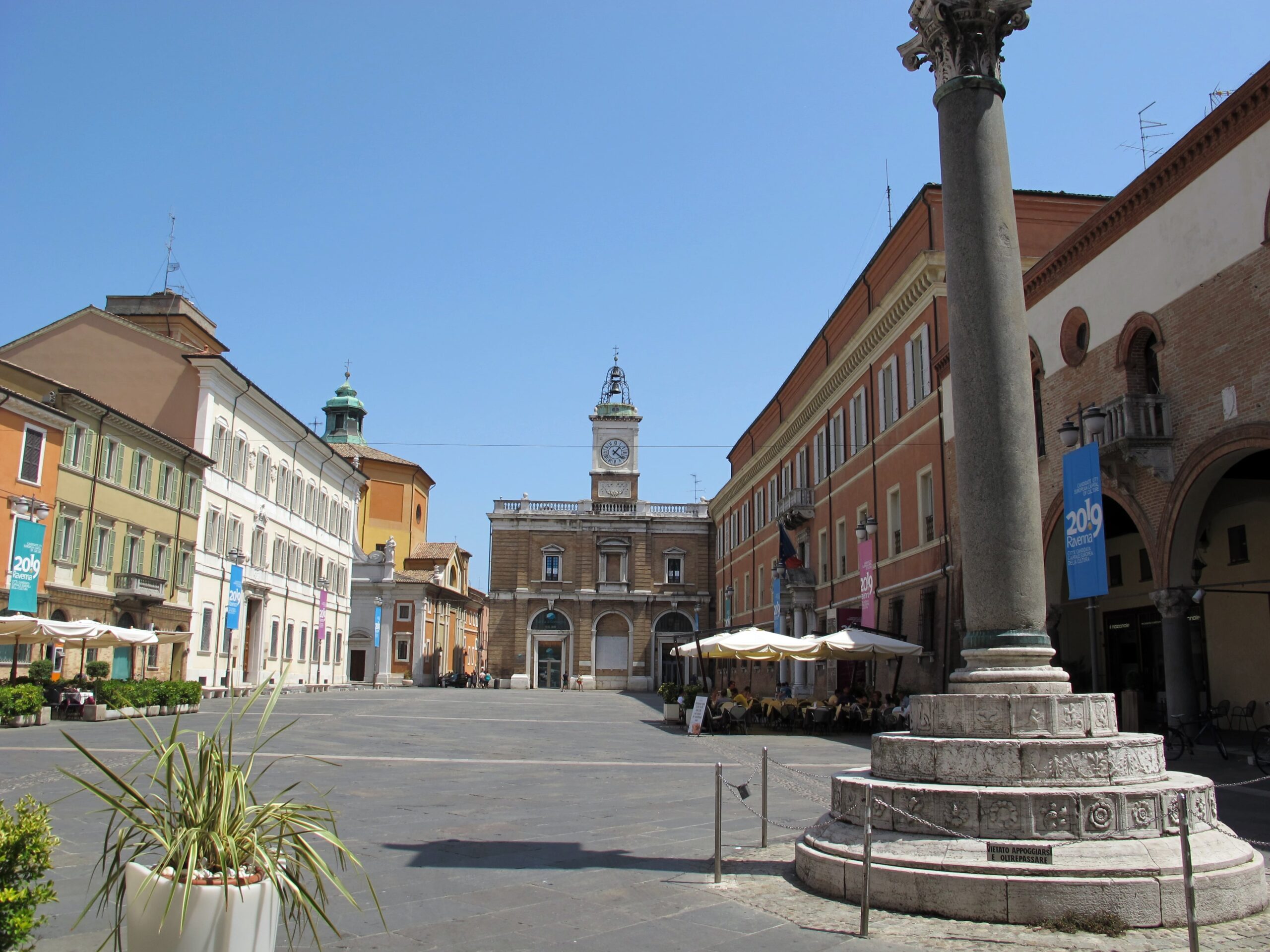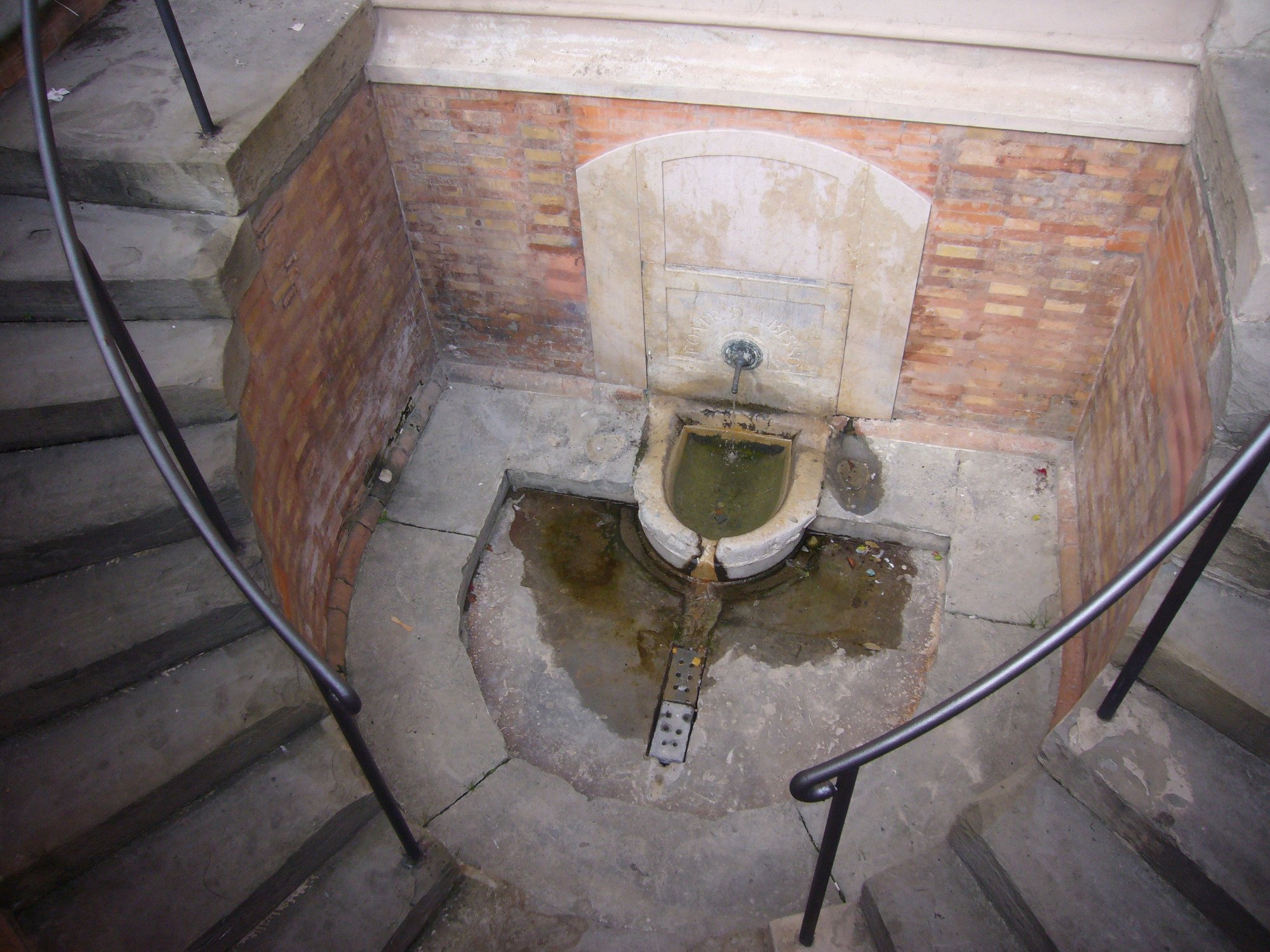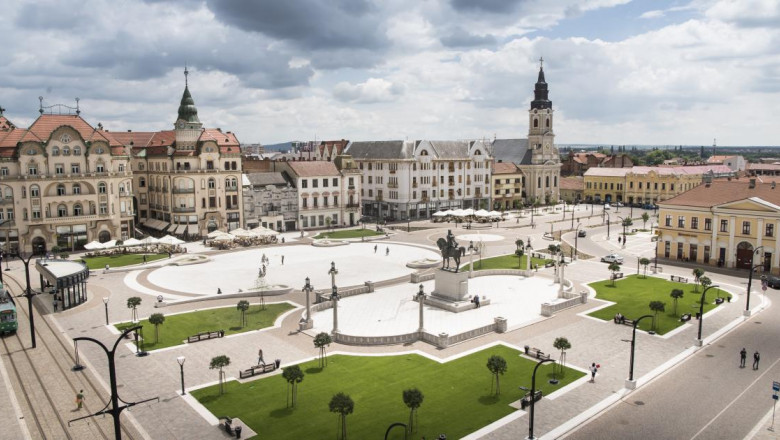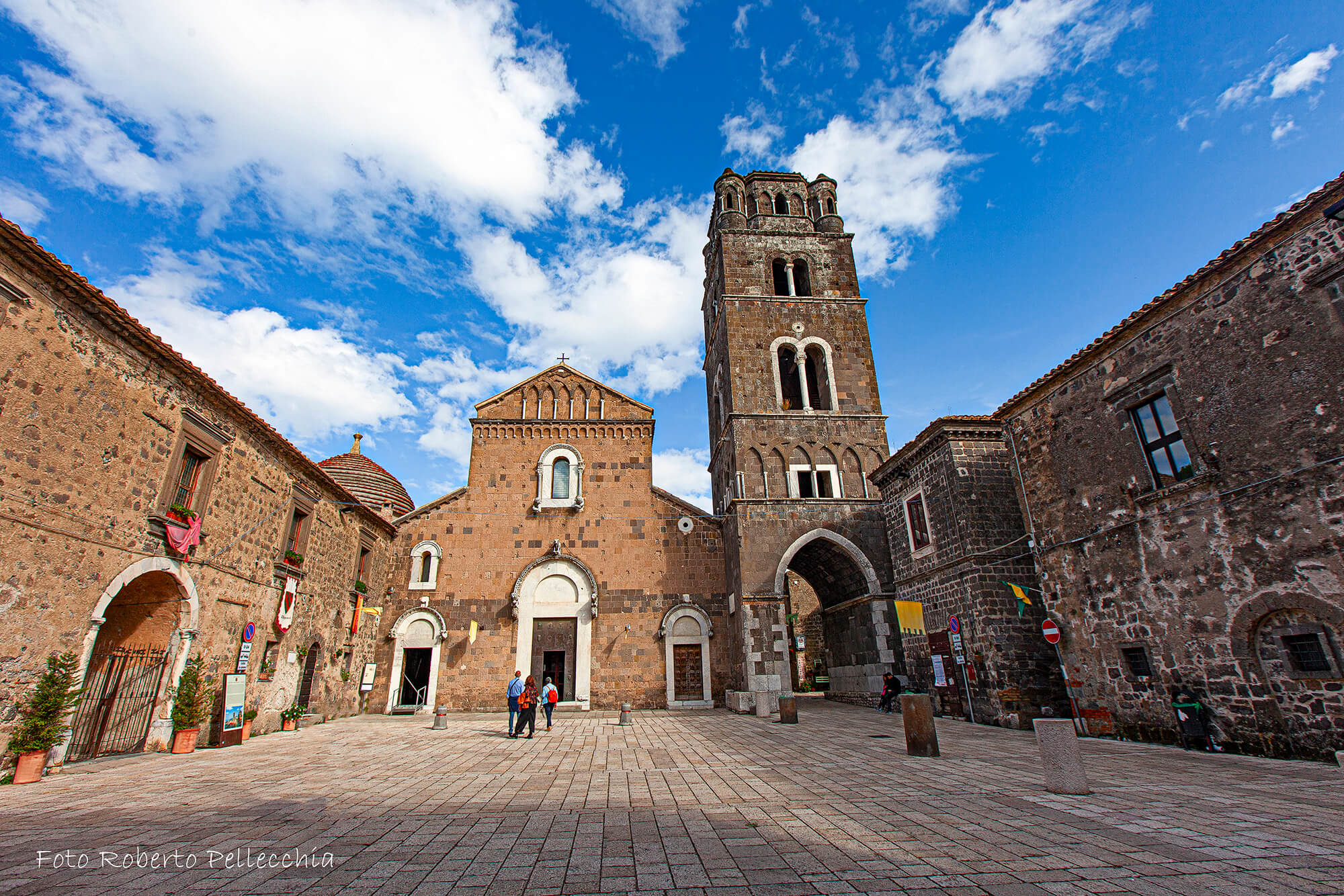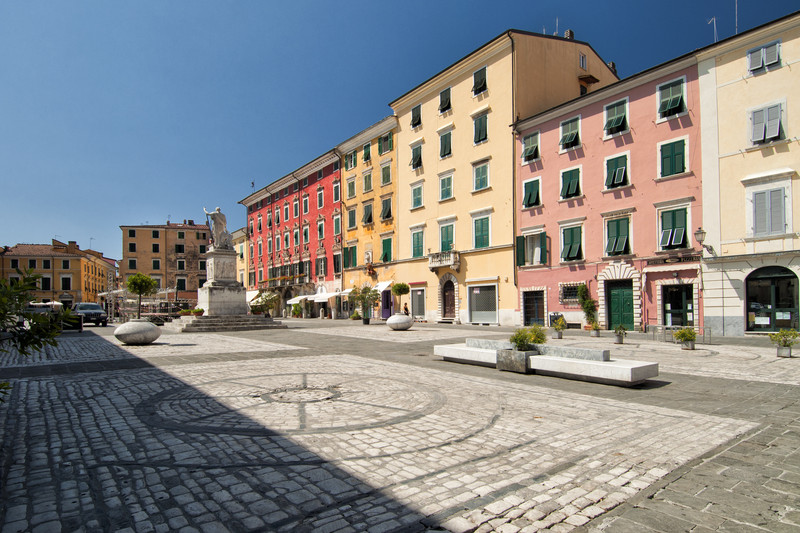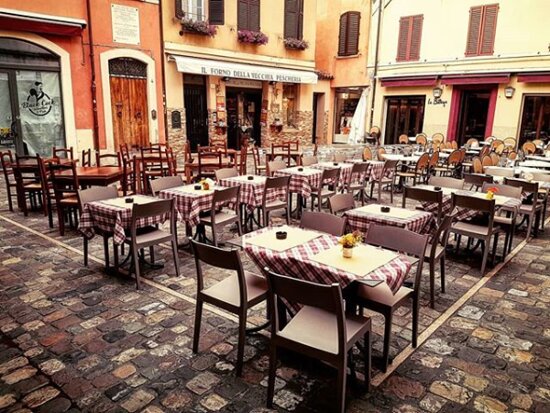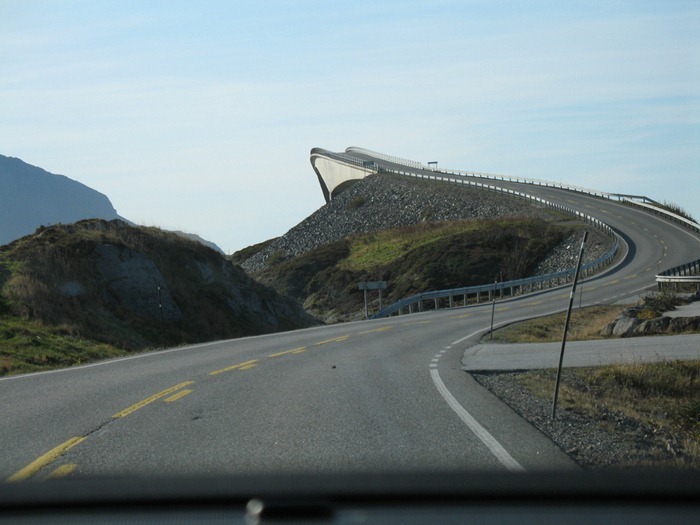The beating heart par excellence of the city of Ravenna is undoubtedly the famous Piazza del Popolo: a meeting point that unites the streets of the historic centre and that not infrequently hosts events.
It was built by the Venetians in the second half of the fifteenth century, the years (1470-80) in which the dimensions of the square were defined following the enlargement of a simple clearing along the bank of the Padenna canal, which flowed at the point where the embattled palace now stands; the dimensions have remained unchanged since then. In 1483 two granite columns were erected to delimit the square towards the course of the Padenna.
At the top of one of them was placed the Lion of St. Mark; on the other, the statue of the patron saint St. Apollinare.
From 1509, the year in which Pope Julius II took possession of the city by defeating the Venetians at Ghiaia d’Adda, the insignia of the Serenissima disappeared from the square: the lion on the column was replaced by Saint Apollinare and the statue of San Vitale was placed at his side, and remains so today. Both columns rest on circular bases decorated with floral motifs and signs of the zodiac.
The square is framed by the Palazzo Merlato, located near the two columns, which was built during the fourteenth century on the site of the former residence of the Da Polenta family.
On the south side of the square there is the palace of the Rector of Romagna built in 1295, which later became the Apostolic Palace and the seat of the Legate of Romagna.
In Piazza del Popolo there is also the former headquarters of the Banca Nazionale del Lavoro, built by the architect Camillo Morigia, connected to the palace of the prefecture by an archway, from which you can see the tomb of Dante.
Along the perimeter of the square we also find the Palazzo dei Rasponi del Sale, the current seat of a bank.
In the late 15th century the façade of the Venetian church of San Ruffillo (later San Sebastiano) incorporated the dial of the mechanical public clock. The building was then flanked by a second church dedicated to St. Mark; together they formed a single complex topped by a bell tower erected above the clock.
